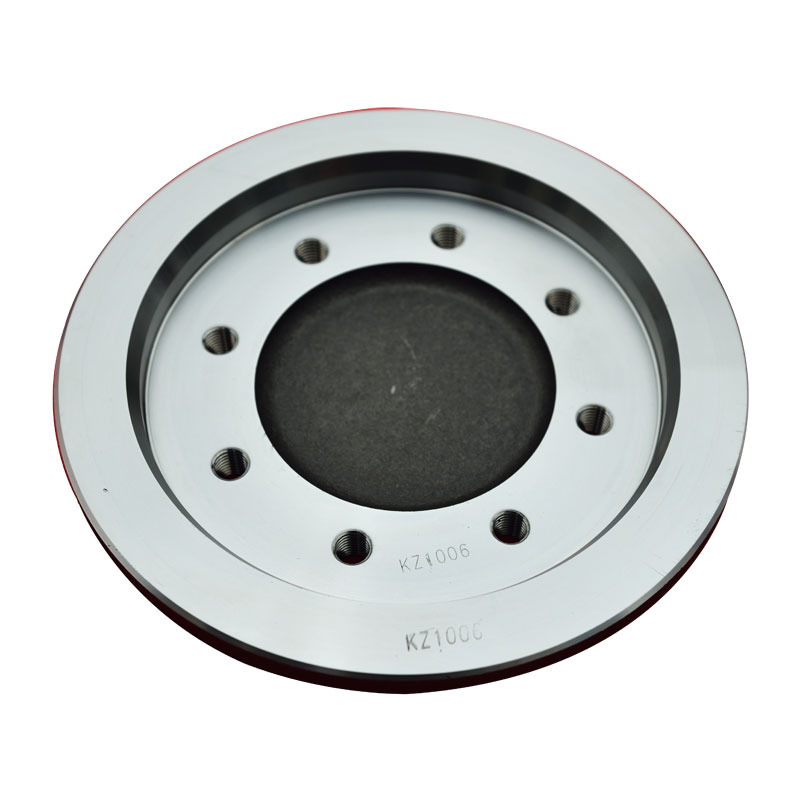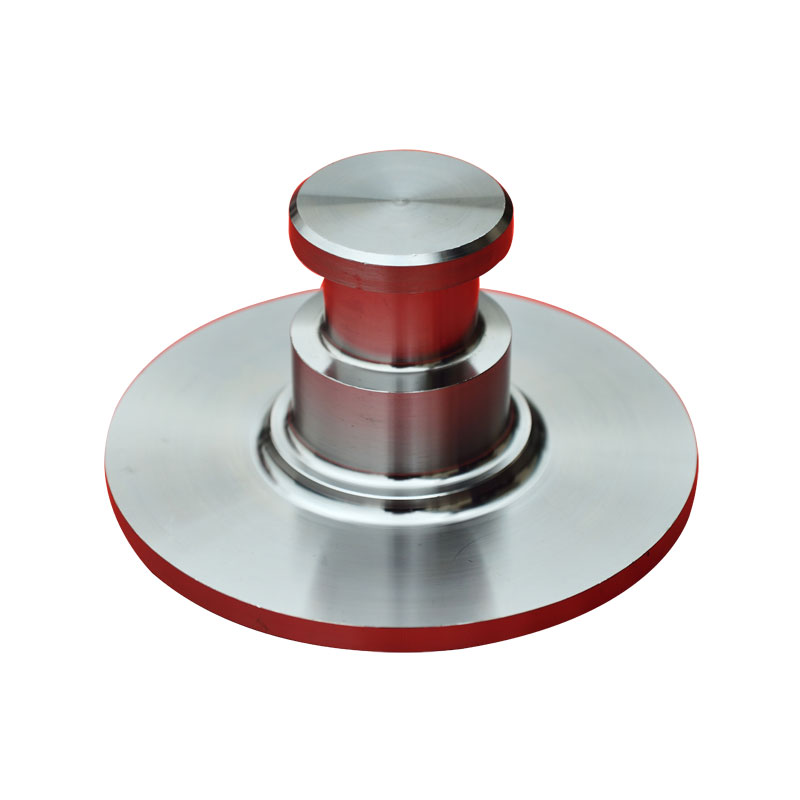What is forging? What are the characteristics of forging?
2022-04-25
Forging is the name of forging and stamping, is the use of forging machinery hammer, anvil block, punch or through the die on the blank pressure, so that it produces plastic deformation, so as to obtain the required shape and size of the workpiece forming processing method.
The characteristics of forging are:
Forging can change metal structure and improve metal properties. After hot forging, the original cast loose, pores, micro-cracks and so on are compacted or welded; The original dendritic crystals are broken and the grains become fine. At the same time change the original carbide segregation and uneven distribution, make the structure uniform, so as to obtain the internal dense, uniform, fine, good comprehensive performance, reliable use of forging. After hot forging deformation, metal is fibrous tissue; After cold forging deformation, the metal crystals show order.
Forging is the workpiece that makes the metal flow plastic to make the desired shape. The volume of metal is constant after plastic flow caused by external force, and the metal always flows to the part with the least resistance. In production, the workpiece shape is often controlled according to these rules to realize upsetting drawing, hole expanding, bending, drawing and other deformation.
The size of the forging workpiece is accurate and conducive to mass production. Die forging, extrusion, stamping and other applications of mold forming size accurate, stable. High efficiency forging machinery and automatic forging production line can be used to organize professional mass production or mass production.



The characteristics of forging are:
Forging can change metal structure and improve metal properties. After hot forging, the original cast loose, pores, micro-cracks and so on are compacted or welded; The original dendritic crystals are broken and the grains become fine. At the same time change the original carbide segregation and uneven distribution, make the structure uniform, so as to obtain the internal dense, uniform, fine, good comprehensive performance, reliable use of forging. After hot forging deformation, metal is fibrous tissue; After cold forging deformation, the metal crystals show order.
Forging is the workpiece that makes the metal flow plastic to make the desired shape. The volume of metal is constant after plastic flow caused by external force, and the metal always flows to the part with the least resistance. In production, the workpiece shape is often controlled according to these rules to realize upsetting drawing, hole expanding, bending, drawing and other deformation.
The size of the forging workpiece is accurate and conducive to mass production. Die forging, extrusion, stamping and other applications of mold forming size accurate, stable. High efficiency forging machinery and automatic forging production line can be used to organize professional mass production or mass production.



X
We use cookies to offer you a better browsing experience, analyze site traffic and personalize content. By using this site, you agree to our use of cookies.
Privacy Policy



